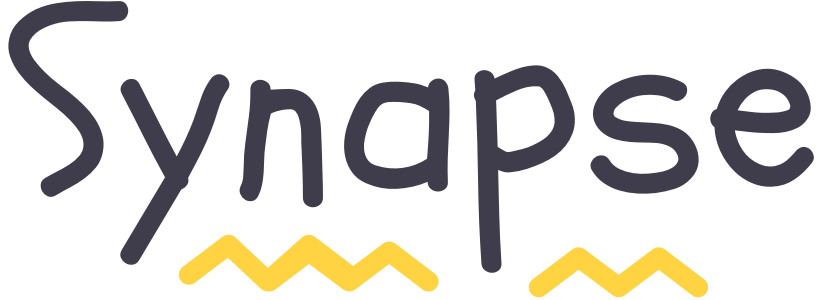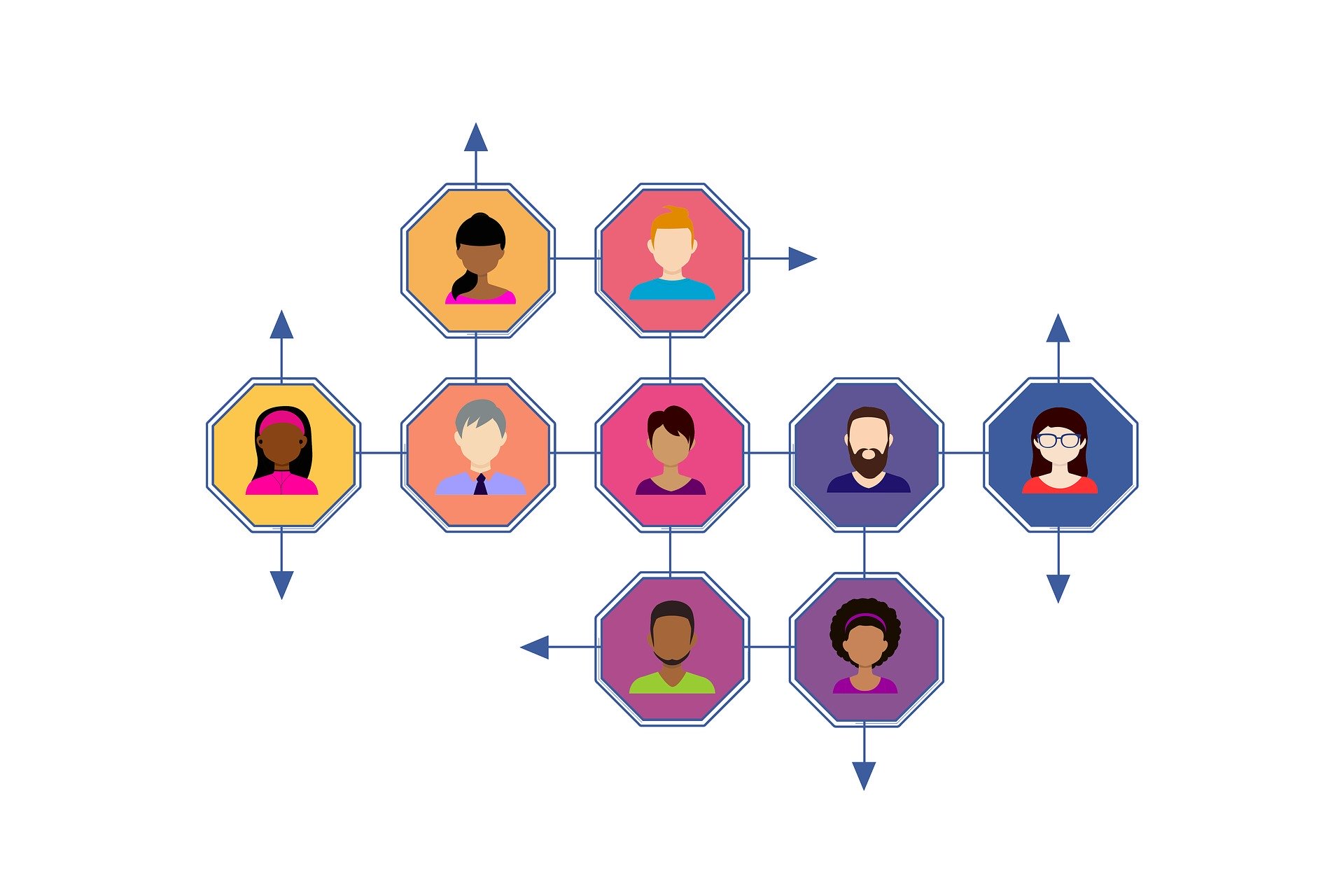As consumers spend more time digitally the need for content made in a lab to content produced in a factory has increased. The need for decoupling the design & prototyping from the launch/production phase.
From the Lab to the Factory
As consumers spend more time digitally the need for content made in a lab to content produced in a factory has increased. The need for decoupling the design & prototyping from the launch/production phase.
Traditionally producers have looked at solving this by leveraging agencies/studios. However, the way studios are set up and operate, they usually are more useful at the design & prototyping phase. However, once you move into a production mode asking the same agency or creative head to operate a production workload is not feasible. The tools and machinery for design & prototyping are not the same for mass production and customization.
Taking the principles of design/research labs and operating factories will not work and trying to manufacture in labs will not scale and rapidly drain out the lab capabilities. You don't manufacture in the lab. You design in the lab. You manufacture in the factory.
A Different Operating Principle
The operating principles of a factory are very different from research/design principles practiced within a lab.
You need more sophisticated machinery, observability & control centers and a trained operational team. You need a much shorter training cycle for people and less sophisticated skills for factory workers than you do for technicians within a lab. You need to shift the knowledge from individual workers to complex systems. You need raw materials and not finished products, you need specialisation of labour and you need sophisticated machinery for automated assembly. The factory is a well-oiled machine with very predictive processes, well-defined workflows and well-instrumented machinery and well-trained operators. The principles of operating a factory are about ensuring that the team believes that the end output is a function of everyone coming together. The hive is the individual in a factory.
Operations need very well defined inputs and workflows which are very well defined for each stage of output. As the output from a factory also increases one needs the ability to not only produce but instantly ship this content to consumers. A JIT logistics operation is as much needed as you scale the production capability. In addition, the volume of content generation needs a whole different scale and discipline to the storage and management of content. Not only a Digitial Asset Manager but a Digitial Content Warehousing solution.

 Go to App
Go to App Subscribe
Subscribe

